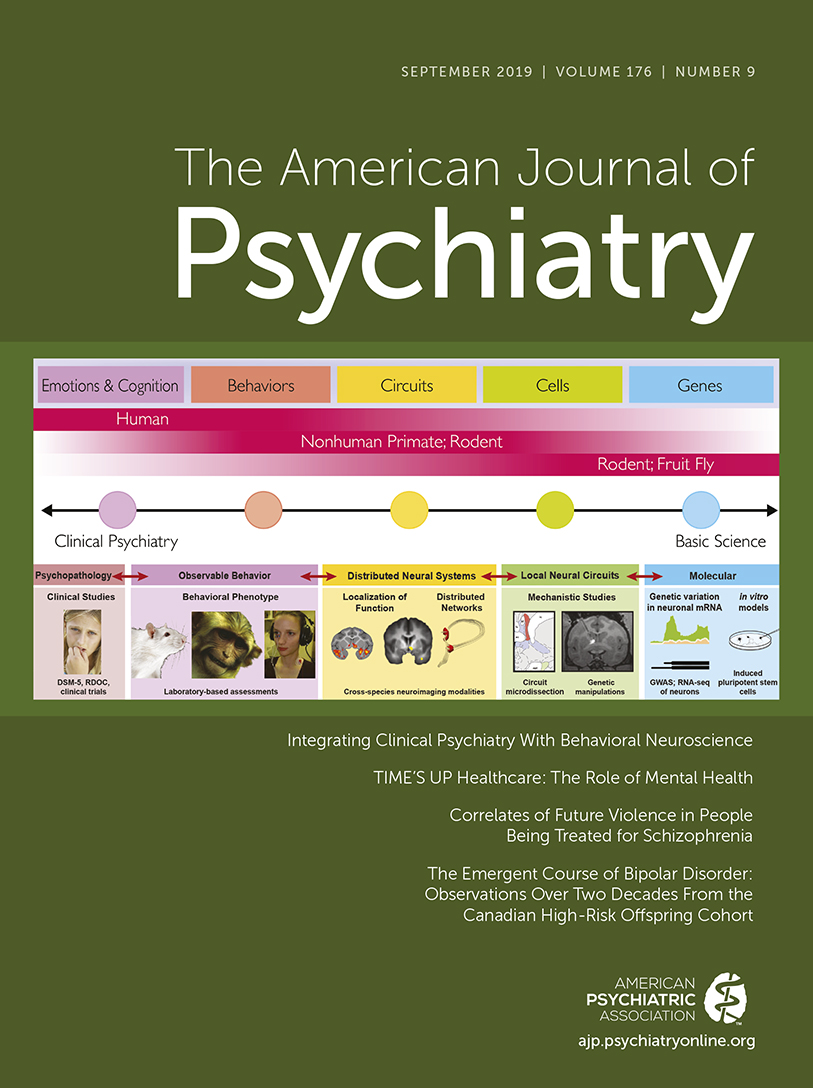Exposure to Maternal Depressive Symptoms in Fetal Life or Childhood and Offspring Brain Development: A Population-Based Imaging Study
Abstract
Objective:
The authors examined associations of exposure to maternal depressive symptoms at different developmental stages from fetal life to preadolescence with child brain development, including volumetrics and white matter microstructure.
Methods:
This study was embedded in a longitudinal birth cohort in Rotterdam, the Netherlands. Participants were 3,469 mother-child pairs with data on maternal depressive symptoms and child neuroimaging at age 10. The authors also measured child emotional and behavioral problems at the time of neuroimaging. The association of maternal depressive symptoms with child brain development at each assessment was examined. Maternal depressive symptom trajectories were modeled across fetal life and childhood to determine the association of maternal depressive symptom patterns over time with child brain development.
Results:
The single-time-point analyses showed that maternal depressive symptoms at child age 2 months were associated with smaller total gray matter volume and lower global fractional anisotropy (FA), whereas maternal depressive symptoms assessed prenatally or in childhood were not. The trajectory analyses suggested in particular that children exposed to persistently high levels of maternal depressive symptoms across the perinatal period had smaller gray and white matter volumes as well as alterations (i.e., lower FA) in white matter microstructure compared with nonexposed children. Furthermore, the gray matter volume differences mediated the association between postnatal maternal depressive symptoms and child attention problems.
Conclusions:
Perinatal maternal depressive symptoms were consistently associated with child brain development assessed 10 years later. These results suggest that the postnatal period is a window of vulnerability for adversities such as maternal depressive symptoms.



